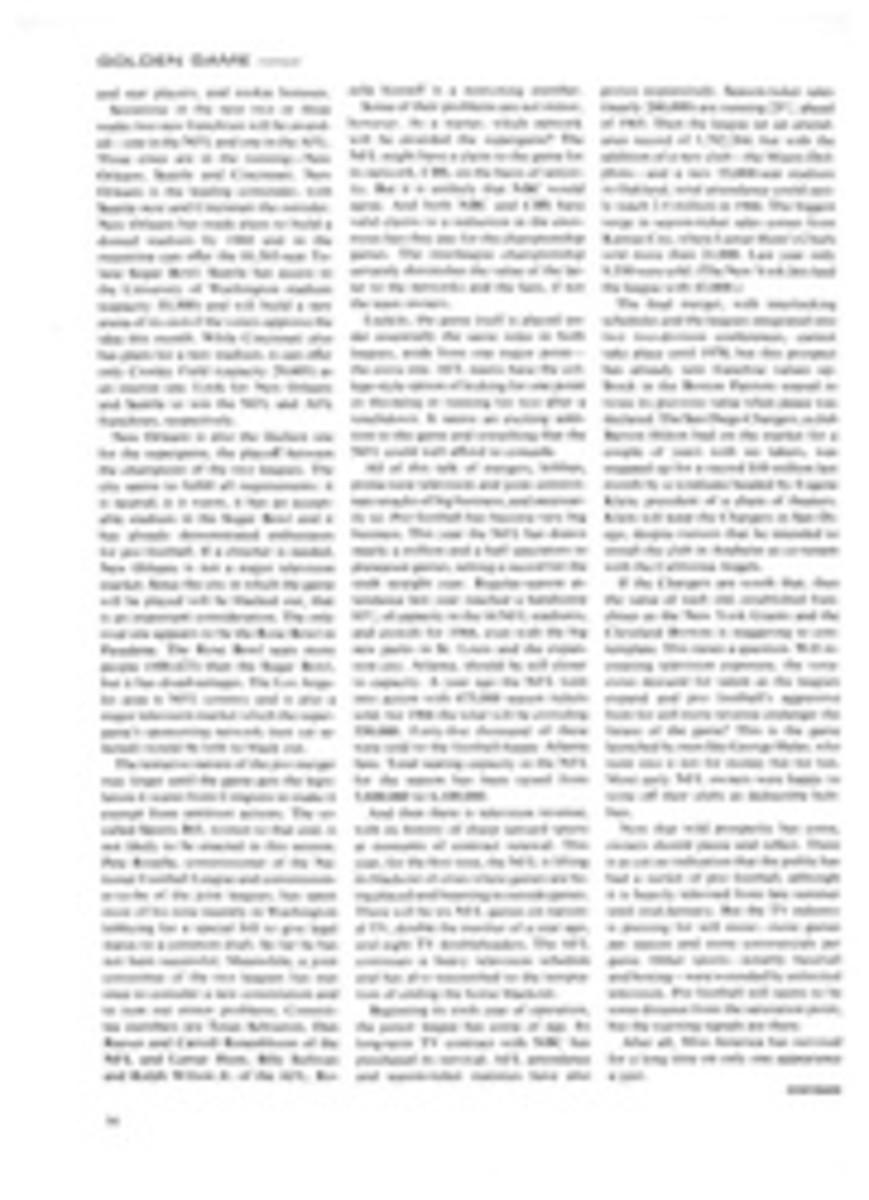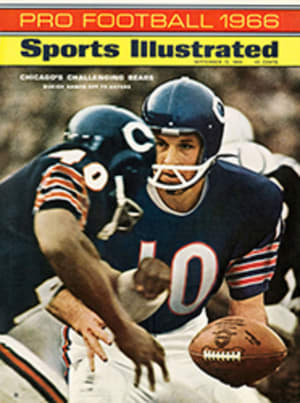
The gallant life of Princeton's Hobey Baker poses enigmas for the literary
The tragedy of Hobey Baker was almost too complex to be credible. One of the great natural athletes of American history, Baker was a kindred spirit to Jim Thorpe and Ty Cobb, and in The Legend of Hobey Baker (Little, Brown, $10) John Davies makes the most of the dramatic and melodramatic facts. In this handsome and well-illustrated book he tells briefly (116 pages in all) and without heroics how Baker, born in Philadelphia in 1892, became a famous hockey player by the time he was 16 and hero of Princeton sports in pre-World War I days.
Baker went to St. Paul's School in New Hampshire from the age of 10 to 18. In those days St. Paul's schoolboys on a good day could beat such Ivy League hockey champions as Harvard and Princeton. Baker, a handsome and aristocratic young man, was so spectacular a performer—and so much a pet of society—that when he appeared in a college or amateur game in New York the limousines packed the streets around St. Nicholas Rink.
He was also a star halfback at Princeton, a fine tennis player, golfer, polo player, rifle shot, swimmer and, incidentally, a good man at singing Moonlight Bay and Honolulu Tomboy. "With his almost incredible grace and skill," says Arthur Mizener in his introduction, "Hobey Baker was the nearly faultless realization of the ideal of his age." It is not surprising that he was the original of Allenby in Scott Fitzgerald's This Side of Paradise and figured in various other Fitzgerald novels.
Professor Davies, a historian, pictures Baker as essentially simple and untroubled, undoubtedly an oversimplification in itself. "As a student, Hobey was determined rather than talented," Davies says. Of his private life: "He was extremely attractive to women but did not trifle with their affections." Professors and literary critics of Mizener's generation rarely credit athletes with subtlety, and their view of Baker as a gallant (but unthinking) embodiment of the leisure-class virtues makes him somehow socially passive. In World War I, when the life expectancy of an unseasoned pilot was two weeks, Hobey became a heroic flyer. A month after the armistice, on the day he was discharged, he took aloft somebody else's badly repaired Spad and crashed. Newspapers carried the story of his death and the marriage of his former fiancée in the same issue. Stories of a suicide, which Davies rejects, have persisted ever since. Baker nowhere seems suicidal, but he does seem too complex and high-spirited a figure to be explained in terms of the leisure-class mores of his time.

